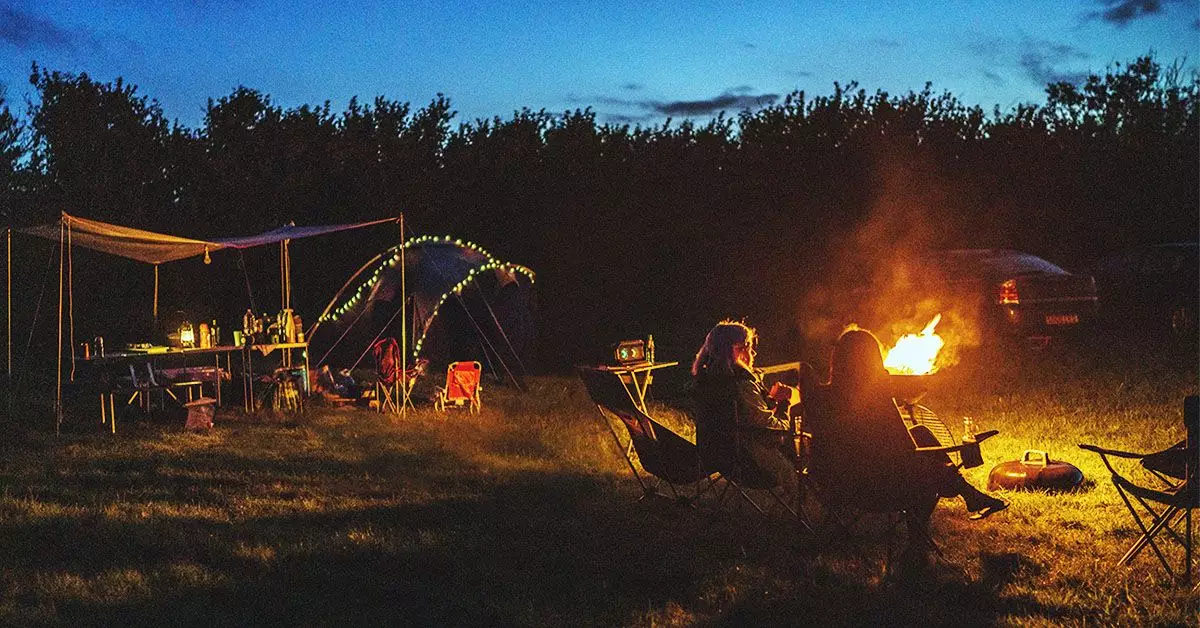Campfires have long been a symbol of companionship, storytelling, and warmth during outdoor adventures. While enjoying the coziness of a flickering flame, we often overlook the potential health risks associated with prolonged exposure to generated heat. Research into the correlation between campfires and skin cancer is still in its infancy, leaving many unanswered questions about how this natural wonder impacts our skin and overall health.
The National Oceanic and Atmospheric Administration (NOAA) explains that the heat emitted from a campfire involves radiative transfer. This form of energy, which includes infrared radiation, can directly affect the skin and contribute to sunburn-like damage. However, the amount of time required for this radiation to cause significant harm remains ambiguous. This uncertainty necessitates further investigation into how often and for how long individuals should be concerned when basking in the warmth of a fire.
One specific skin condition that could arise from extended exposure to heat is erythema ab igne, often referred to as “toasted skin syndrome.” This condition may develop after repeated and prolonged exposure to either infrared radiation or direct heat from the flames. Notably, symptoms of this benign condition can develop over an extended period, which means that campfire enthusiasts who frequently gather around the flames could be at risk of developing this rash. While erythema ab igne itself is not considered cancerous, it holds the potential to evolve into more severe skin issues after compounded exposure over time.
It’s critical to emphasize that thermal burns and improper treatment of injuries from campfires could increase a person’s risk for skin cancer in the long run. For instance, burn injuries that are left to heal openly—without timely interventions such as stitching—can serve as precursors to various skin cancers.
Much of the research linking fire exposure to cancer risks has primarily examined the unique circumstances faced by firefighters. The American Cancer Society (ACS) has highlighted that although the direct evidence connecting firefighting to skin cancer is limited, similar occupations do have a discernible link to other cancers, such as bladder cancer and mesothelioma.
The implications for recreational campfire users remain largely inconclusive, but the fact that firefighters face increased risks should open new avenues for understanding how communal fire practices might impact skin health in civilians. The call for more comprehensive studies is clear; understanding both immediate and long-term effects of heat exposure will help illuminate potential health hazards.
While the comforting ambiance and nostalgic element of campfires are undeniable, it is essential not to dismiss the possible risks they pose to skin health. As individuals continue to relish in the joys of outdoor fire gatherings, they should remain vigilant and informed about the potential consequences of heat exposure. Recognizing symptoms of skin irritation or injury and seeking prompt medical attention when necessary can not only enhance personal safety but also contribute to a greater understanding of how significant these risks might be. As we camp, roast marshmallows, and share stories, let’s prioritize skin health for generations to come.

